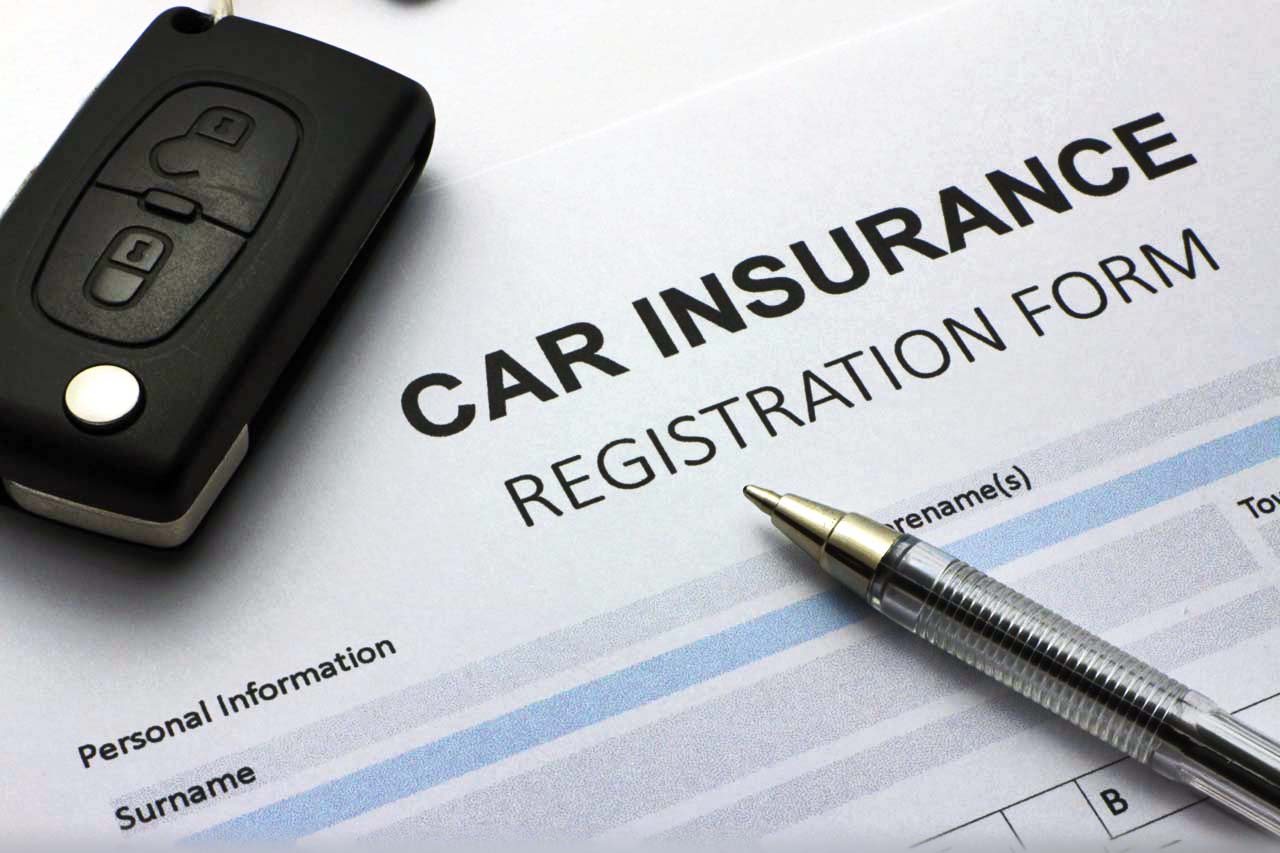Car insurance. It’s something you don’t really want to pay for until, all of a sudden, you need it. Then you’re either glad you had it or wishing you had more. That’s the rub with it, too. Car insurance can be complicated: Long documents, myriad terms and conditions, and arcane rate calculation formulas make it all a little mysterious when you’re looking at the bill.
With mystery comes myth, and with myth comes misinformation. So we’ve taken a look at some of the big myths around car insurance and talked to the Insurance Bureau of Canada, the association that represents private insurance companies, to bust some myths and get you the right information. Pete Karageorgos, IBC’s director of consumer and industry relations, acted as our myth buster.
Cheaper cars cost less to insure
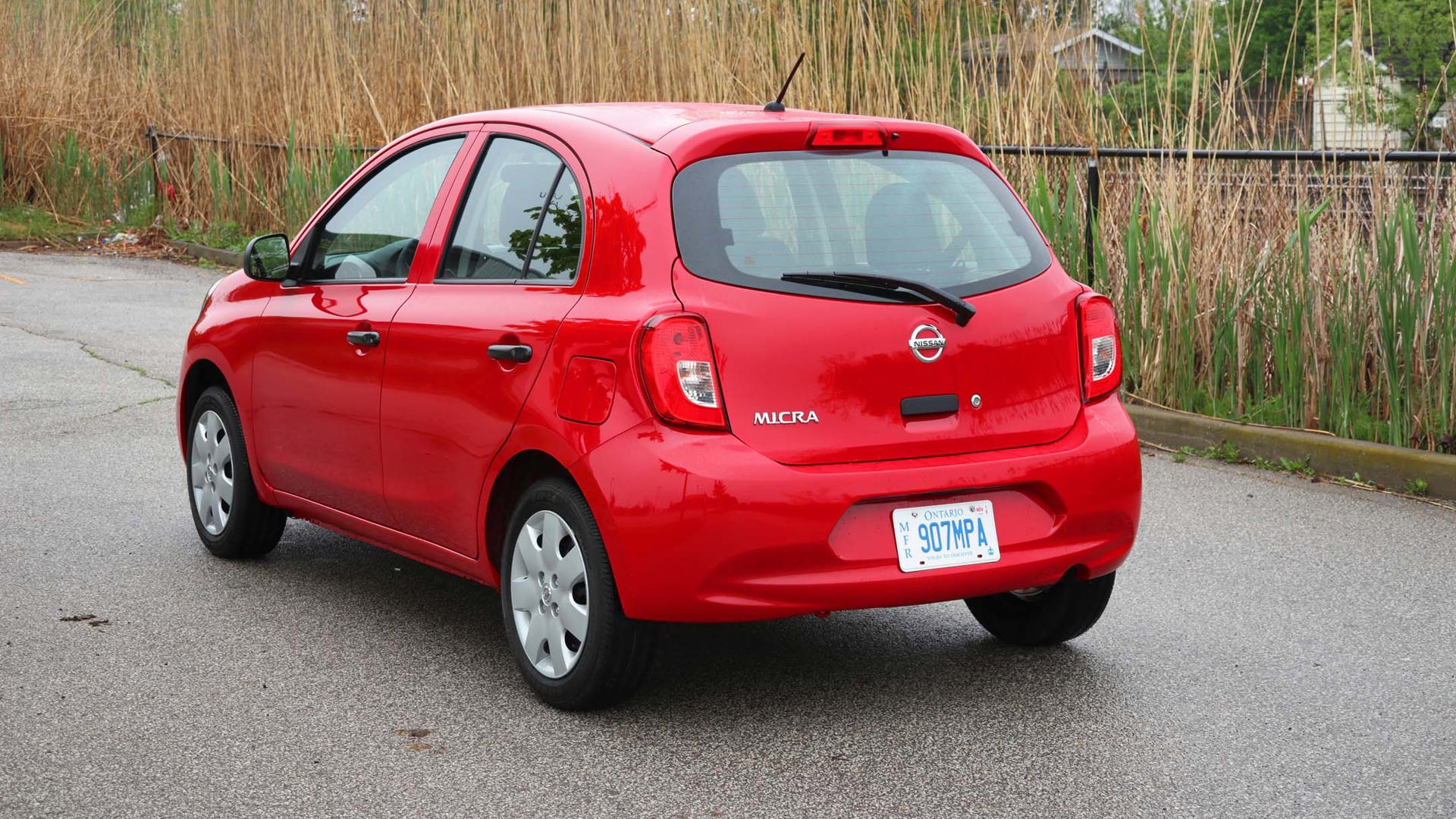
It depends. Pete pointed out that some cars cost more to repair, but that others cost more to buy. The amount a car costs to insure is based partly on the cost to repair it, to replace it, and to pay for injuries sustained. More expensive cars are often safer cars because of added safety features. That could reduce injury claims (making them cheaper to insure). But those safety features could cost more to repair after a crash, which brings the price back up.
On top of that, the price of a repair isn’t necessarily related to how much the car cost to purchase. So the cost of insuring a more expensive car may not be higher than a cheaper car. It all depends on how often the cars are being crashed, and how much it costs when they do. Which ties into the next myth…
Used cars are cheaper to insure than new cars
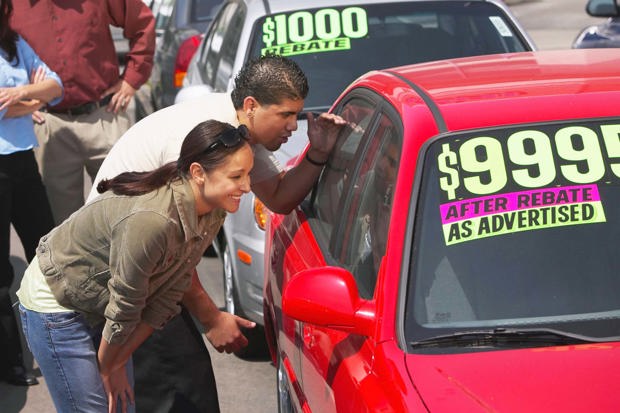 Here too, it can vary. Yes, a used car likely costs less at the dealership, but that’s not the whole story. Used cars are usually older, so they might not have all of the accident-avoidance and passenger safety features a new car has: emergency braking, blind-spot monitoring, or side impact airbags, to list a few. That can mean that while they don’t have as many expensive sensors to be repaired after a collision, the car could be more likely to get into that collision in the first place. And you could be more likely to be injured when that happens.
Here too, it can vary. Yes, a used car likely costs less at the dealership, but that’s not the whole story. Used cars are usually older, so they might not have all of the accident-avoidance and passenger safety features a new car has: emergency braking, blind-spot monitoring, or side impact airbags, to list a few. That can mean that while they don’t have as many expensive sensors to be repaired after a collision, the car could be more likely to get into that collision in the first place. And you could be more likely to be injured when that happens.
Older cars can also be missing many of the anti-theft features of the newest models. Things like immobilizers and GPS tracking – features that stop thieves from starting the car, or being able to find the car if it is stolen. Higher rates of theft can translate into higher premiums.
Finally, repairing older cars can be more difficult. When a model goes out of production, parts can become rare and hard to find. A fender bender can quickly become a big deal if the repair facility isn’t able to source something like a wheel-well liner or turn signal assembly. Rare parts can be more expensive too – on top of the added costs for storage and a rental car while you wait for your pride and joy to be fixed.
Fraud makes up the biggest part of many premiums
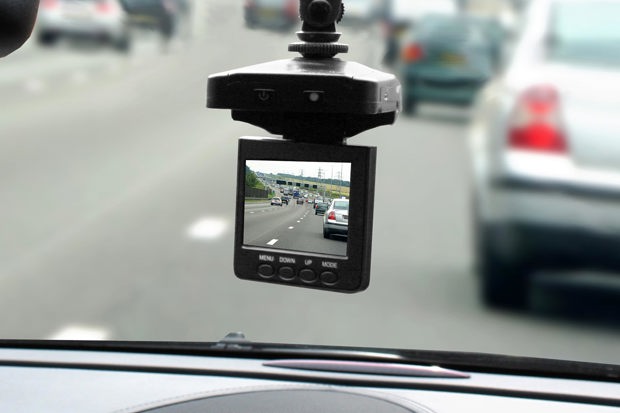
Fraud is a very expensive part of insurance costs. According to Karageorgos, in Ontario alone, fraud costs $2 billion per year. That adds $276 to the average annual insurance premium for every driver in the province. It’s definitely not cheap, and while it’s probably not the biggest part of your premium, it’s close. There are multiple types of fraud, though, and ways to avoid them.
The first that Karageorgos mentioned is a fraudulent agent: an insurance quote that looks like a great deal, but you need to pay cash; a meeting at your home or a coffee shop, not an office. These are possible signs of a fake agent, who will give you a worthless piece of paper.
Finding out your insurance is phoney at the scene of an accident could cost you massively in fines and damages. Make sure your agent is licensed before handing over any money. You can look that information up online in most provinces.
The next is fraud at the scene and at the repair shop. That’s when you’re steered to a shop that might not be quite on the level: kickbacks to a tow truck driver, improper or unsafe repairs, or used parts when you’re paying for new. Your insurance company likely has recommended or preferred shops, and may even offer longer warranties on the repair if you use one of those shops. The insurer has looked those shops over to verify they do acceptable work.
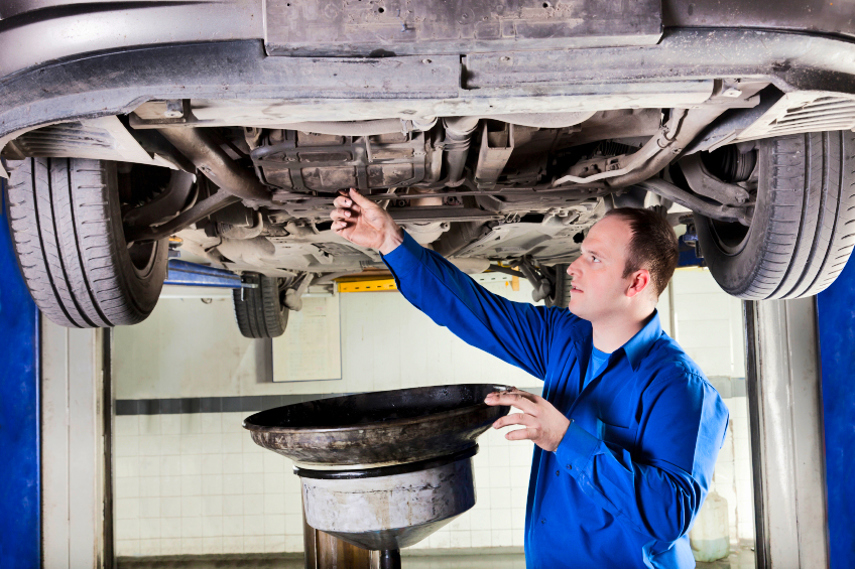
But you don’t have to use your insurance company’s repair shop. If you’re not going to, though, look into repair shops before you need one. It’s too late when your car is on the back of a tow truck. Find one with certifications and recommendations before you need it.
The last is medical fraud. And it’s not the faked injuries you might be expecting from all the dashcam videos on the internet. Medical fraud includes overcharging for treatments or adding medical treatments you didn’t even get, and that could hurt you right in the wallet. Karageorgos recommends that you don’t sign blank forms, which is good advice at medical offices, repair shops, and just about anywhere.
Red cars cost more to insure
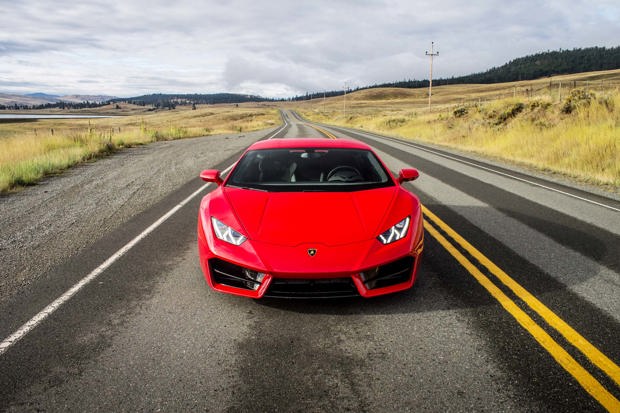
Karageorgos: “No.”
It’s a long-standing myth, tied to the other myth that red cars get more tickets. Now if they did get more tickets, they’d probably pay more for insurance. Or at least their drivers would. Insurance companies aren’t concerned with what shade your paint is. And neither are police officers.
Insurance companies do care about your driving history. So more claims and more moving violations will get you higher rates. They do not care about your choice of hue.
Sports cars get tiny back seats for cheaper rates
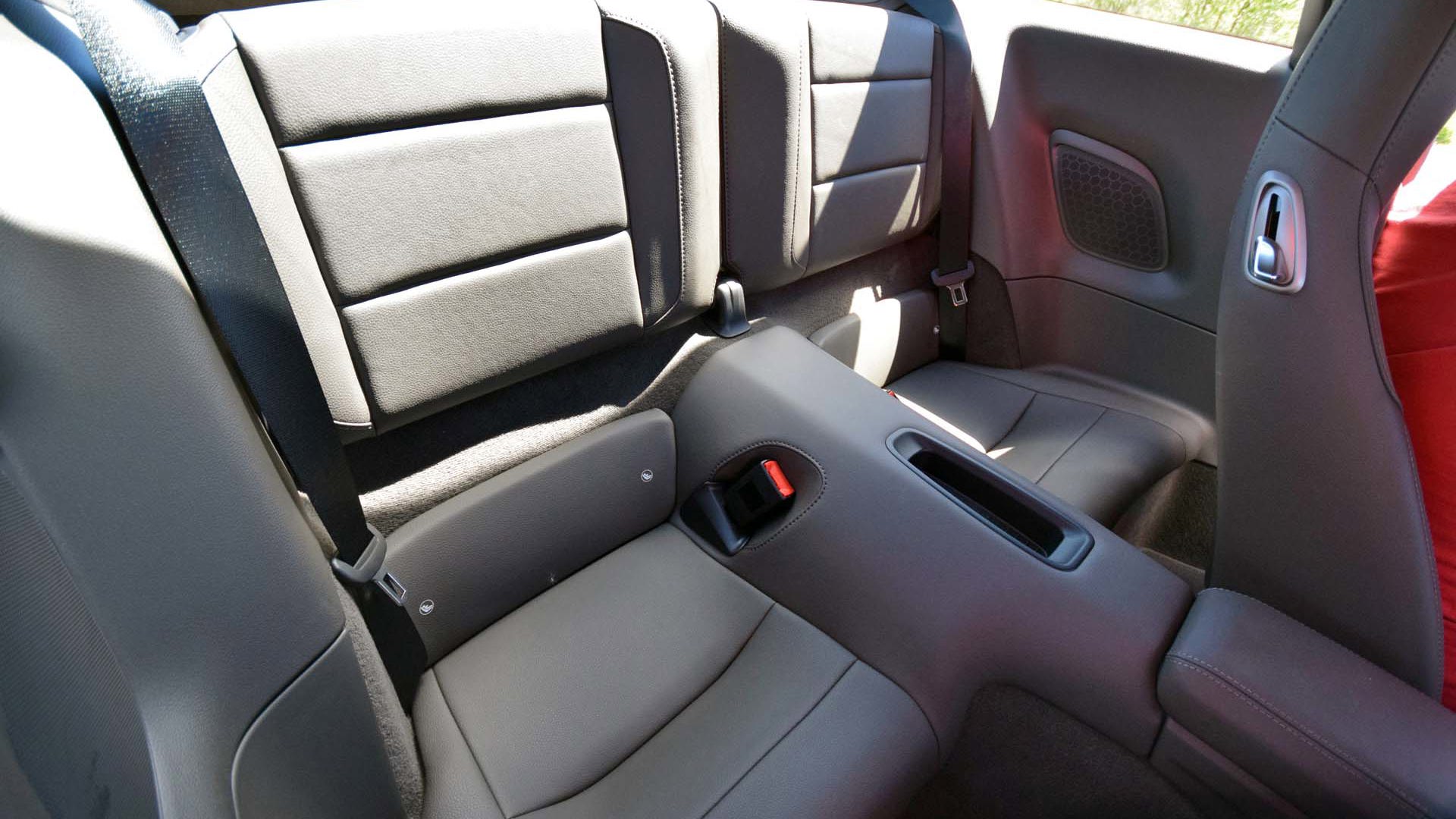
This is one that comes up a lot in forums: The latest and greatest sports car gets a back seat too small for even a laptop bag, just so that it can get cheaper insurance. Consider this one is busted. Karageorgos hasn’t even heard of it before.
Minivans might end up with cheaper rates because they tend to be driven more slowly and safely (except maybe after the first morning bell), but the tiny back seat in your 500 horsepower sports car is there because the manufacturer thought you might want it, and that’s all.
If I lend you my car, and you crash it, your insurance pays
False. Karageorgos says that if you lend your car, you lend your insurance with it. If the borrower of your car has an at-fault accident, the claim goes on your policy and your record. If it’s not the fault of the person driving your car, then it shouldn’t affect your rates.
My insurance will cover my rental car or truck
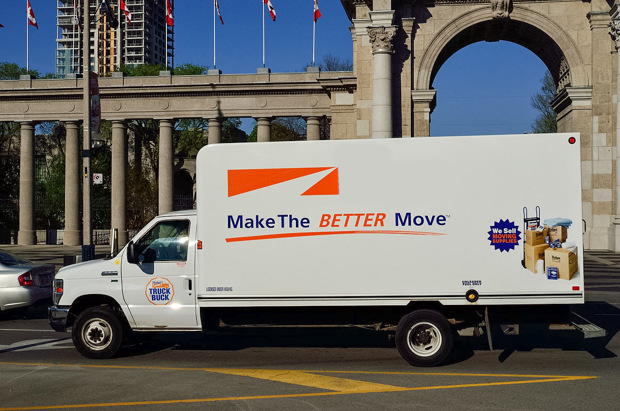
Standard insurance policies don’t cover a car you’ve rented – just like they don’t cover one you borrowed. But you can add a rider (extra insurance coverage) that will cover you when you’re in a rental. If you’re planning to use that for your moving van, however, better check your policy.
Rental car insurance riders generally cover passenger vehicles, not big box trucks. That could leave you exposed on a type of vehicle you’re not used to driving. They might have a limit on the maximum cost of the vehicle you’re renting as well, something most credit card rental insurance agreements also have. If you’re in a rental car and you file a claim against your own car insurance policy, it could affect your rates. Something to consider when you’re declining the optional coverage at the rental counter.
If my car is broken into, my stuff is covered
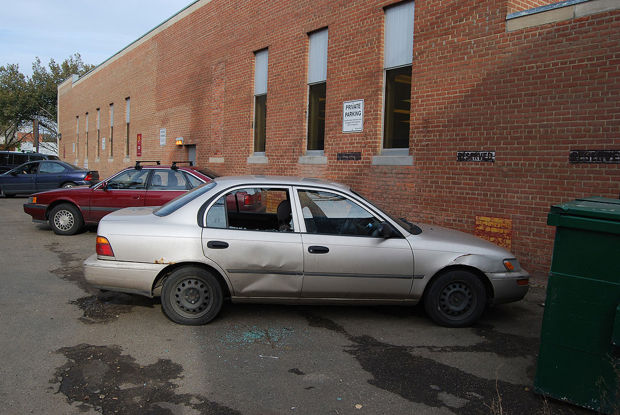
The damage to your car might be covered, and the stuff in it might be covered, but not by the same policy. Your car insurance covers your car and, assuming you have the proper insurance, it’ll pay to fix the damage caused by the thieves. As for the laptop in the trunk and sunglasses on the console, that one is on your home insurance. Which means two claims, and two deductibles.
Karageorgos agrees that a good rule of thumb is that if it isn’t fastened to the car, car insurance won’t cover it. Some insurers will lump a home and auto claim like that together and only charge one deductible if you have both policies with them. So shop around. Or don’t leave valuables in the car.
My premiums will drop when I turn 21/25/30 or get married

Insurance premiums generally do go down when drivers turn 25, Pete says. That’s because drivers aged 16–24 get in more crashes. The same thing can happen with marriage. But your insurer might not automatically lower your rates when you hit those milestones. So they’re a good time to shop around to make sure you have the coverage you need and the rate you want.
Once you hit 75, expect premiums to rise. That’s because drivers over that age have more claims due to medical issues, and collisions resulting from worsening reaction times.
Most insurance myths have straightforward answers, but if you have questions there are a few places you can go. The first is straight to the horse’s mouth: Call your insurance agent, broker, or customer service line; they can answer questions about your specific policy. You can also reach out to the IBC, which offers a consumer information hotline to help ensure you’re in the know when it comes to being insured.
